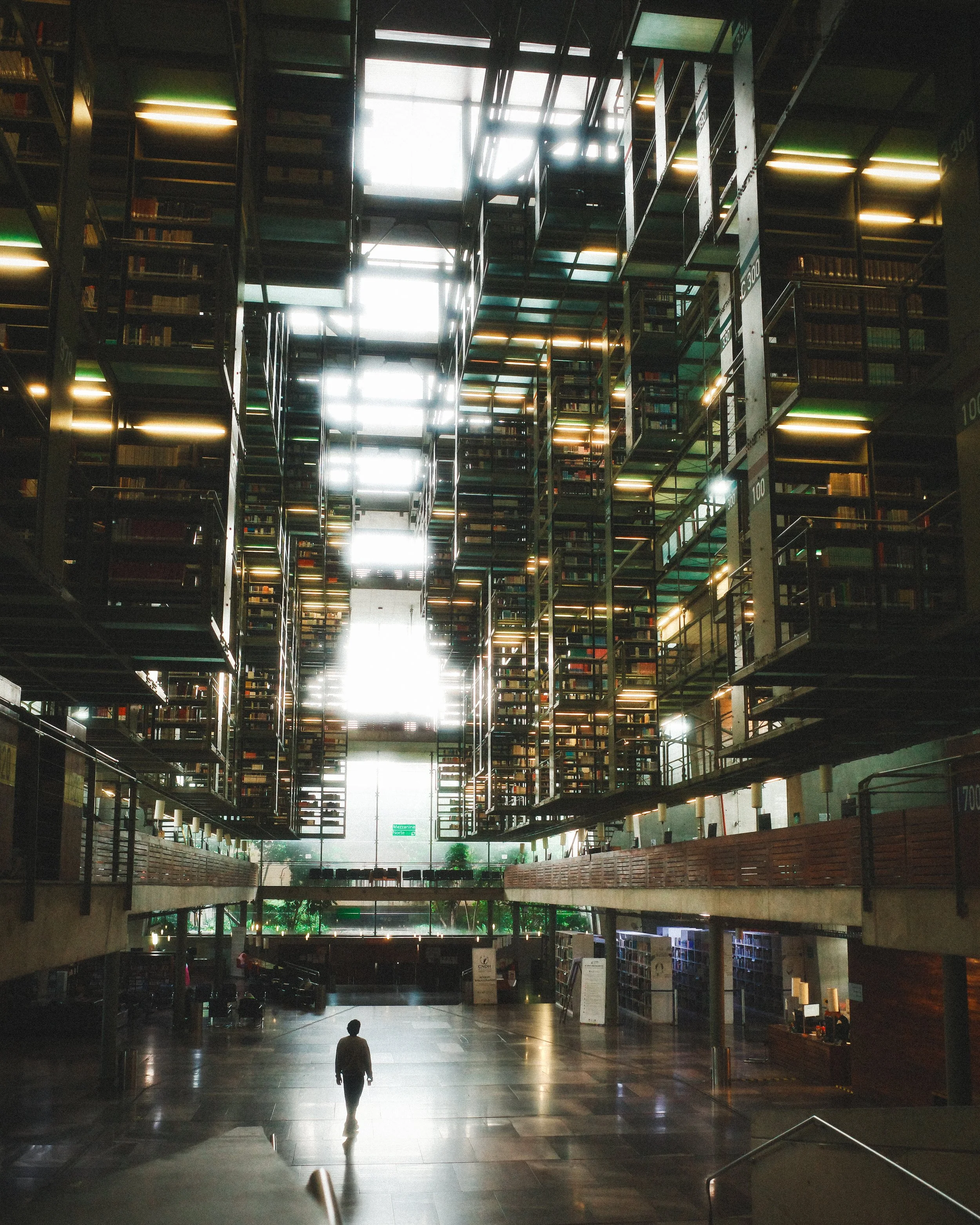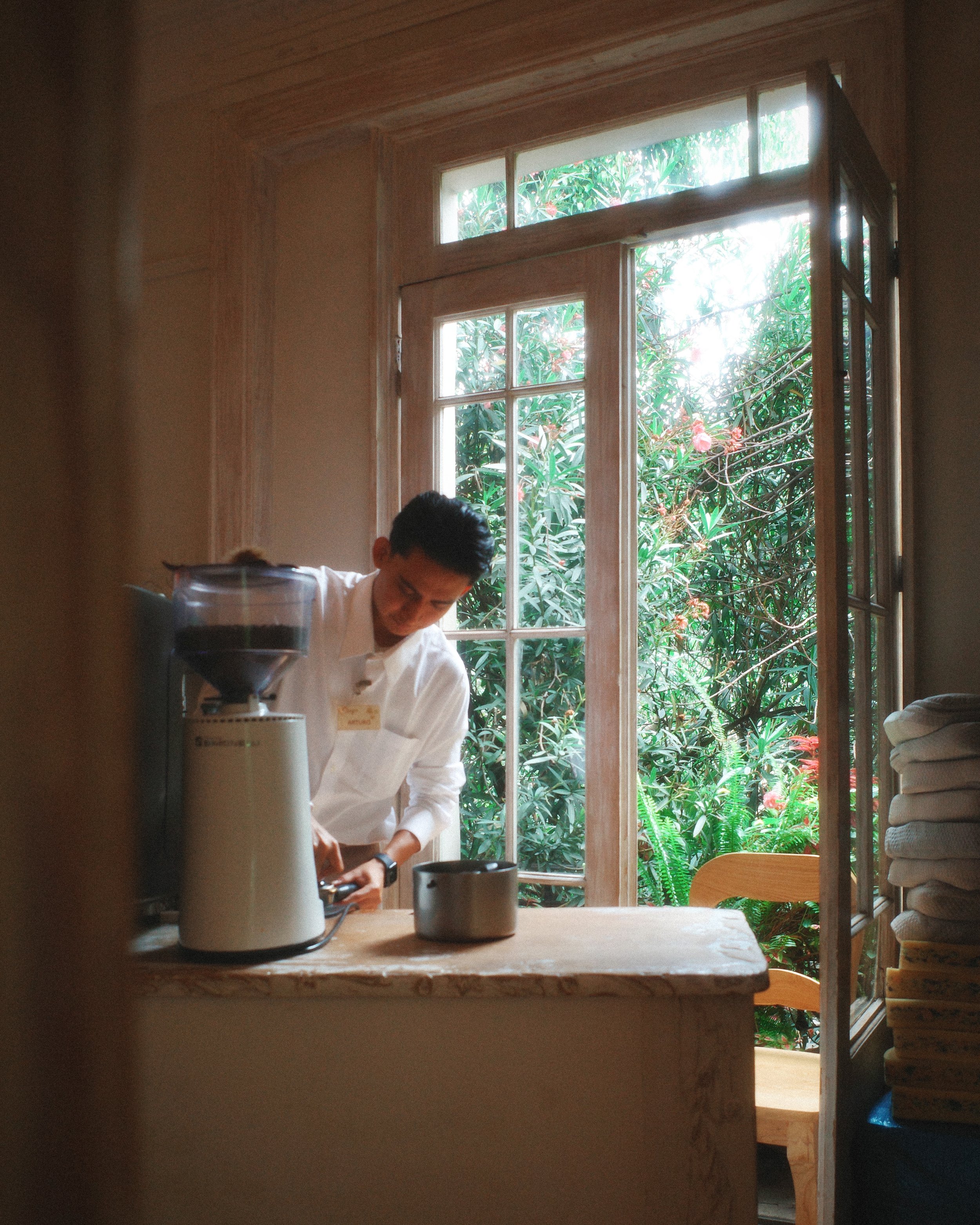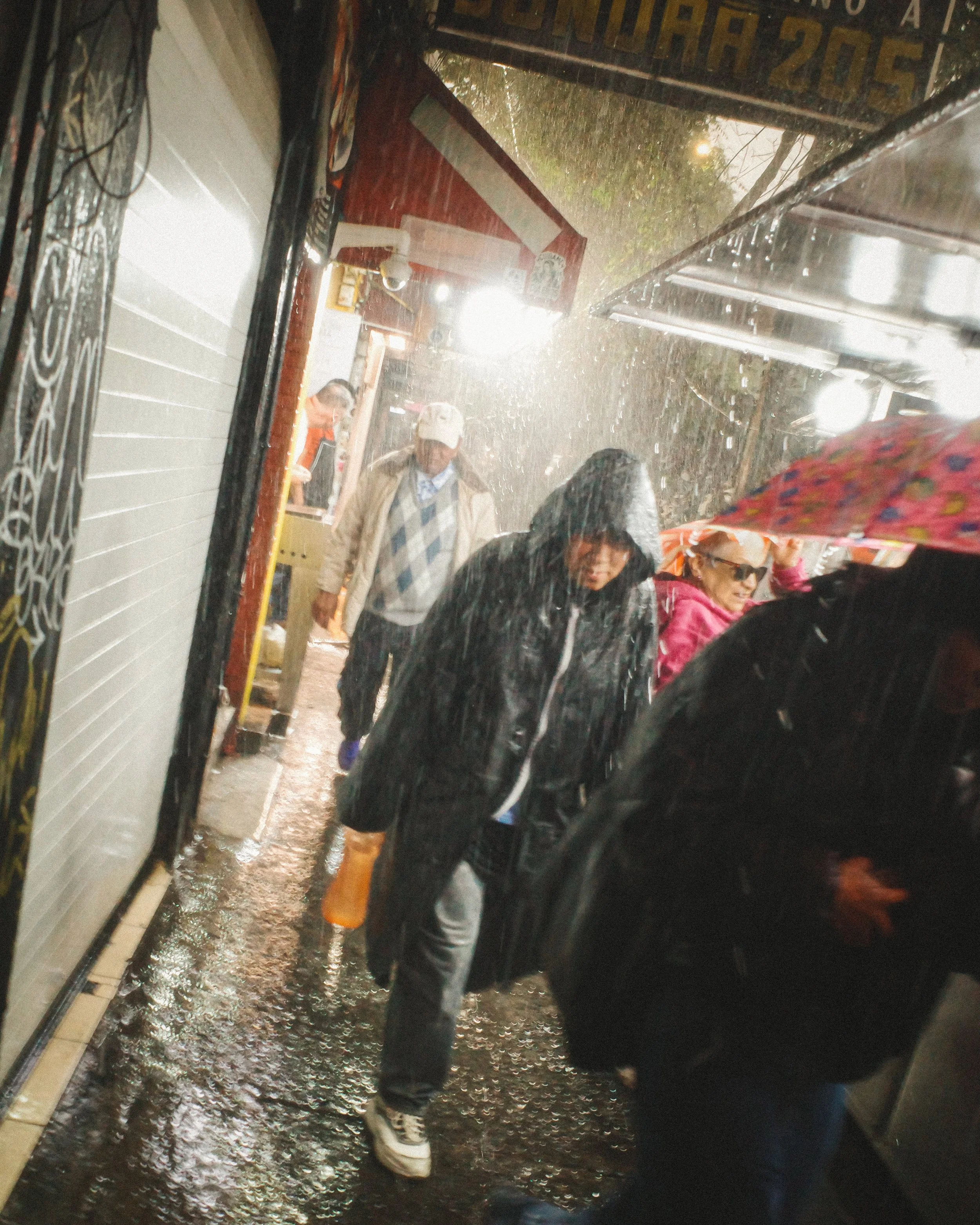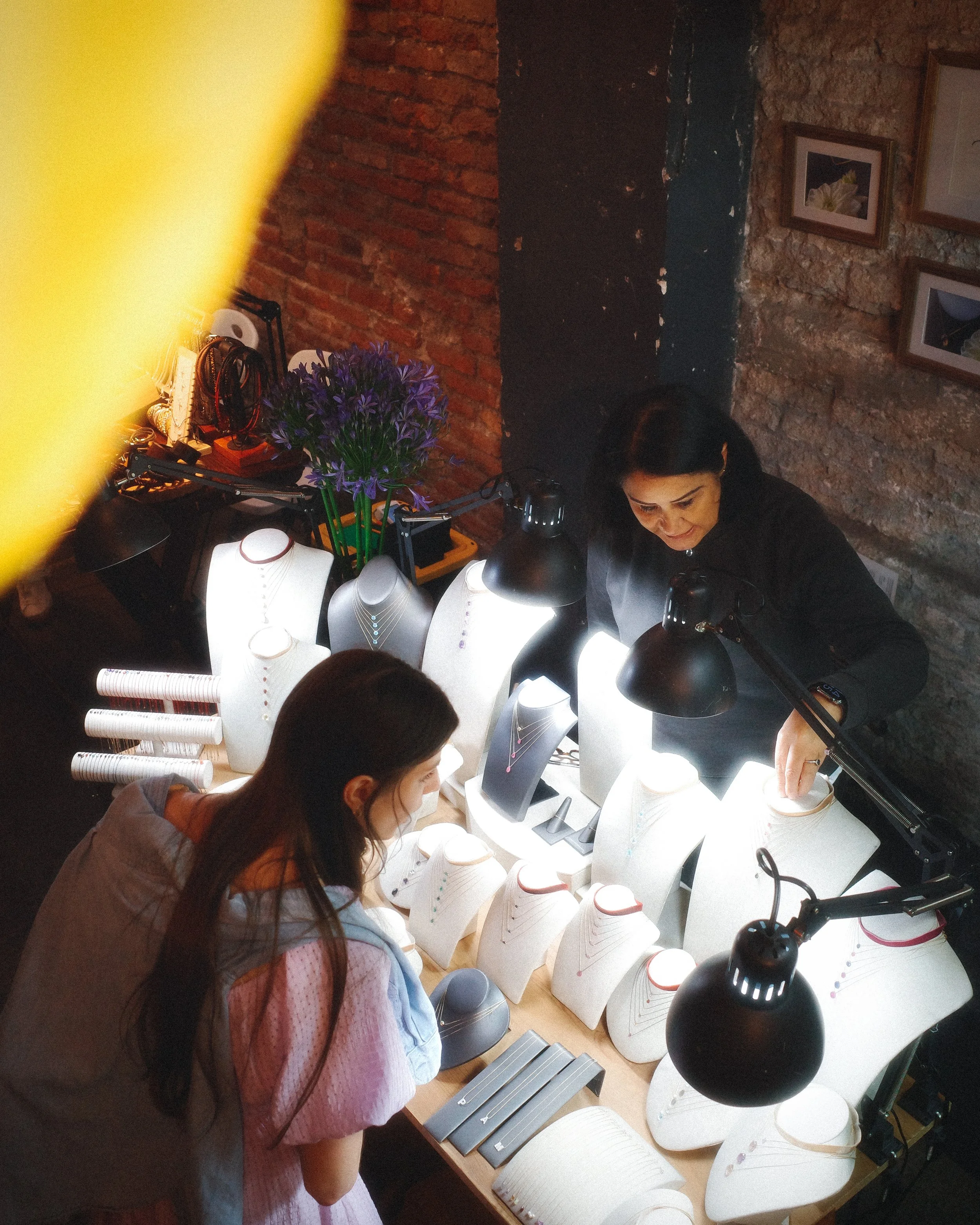a review of the ricoh gr III hdf—be patient and this camera will reward you
(*I bought this camera with my own money, and have no affiliation with Ricoh, or any camera brand for that matter. I wish!*)
If you’ve read my other blog posts, you’ll know that I recently sold my Sony Rx100m3. It was an amazing and tiny camera that I paid around $350 for in 2022 (the good ole days), and I took it with me everywhere for three years—including on my thru-hike of the Continental Divide Trail—capturing some of my favorite photos of all time. But it was time to say goodbye.
There are several reasons why. First, I’ve come to love prime lenses—especially the 28, 50, and 85mm fields of view—and I started finding the RX100’s 24-70mm equivalent annoying and slow to use. Second, the camera had slowed down significantly over the years—I would push the power button and then stand there waiting for it to power up, and I found myself missing shots. Third, I was feeling the limitations of the 1-inch sensor in terms of image quality (especially indoors and in low light) after buying an APSC system (Fuji). And fourth, I just wanted to try something new—my style developed quite a bit in the last year, and I didn’t feel inspired to pick up the RX100 anymore.
So I started researching potential replacements in preparation for a nine-day trip to Mexico City with my wife. I love street photography, and I wanted something pocketable (or close to it) with an APSC sensor and a wide to medium-wide fixed lens. It became a tossup between the Fuji X100F and the Ricoh GR III—really the only two cameras that I’m aware of that fit that criteria (although I’m not sure the X100 is quite pocketable). I was initially set on the X100F—I love the Xtrans III sensor in that camera from my XT2 days, and the prices were relatively low compared to the insanely hyped X100V and X100VI, cameras that I’m just not interested in. But the more I read about the Ricoh and saw image samples, the more I wanted to try it out.
Then I found a brand new GR III HDF for $1,150 USD for sale online. This was surprising because I saw used GR IIs (!) selling for $1,200 and used GR III HDFs selling for $1,450—totally crazy. So this seemed like a great find. The company was reputable and had a good return policy, so I pulled the trigger and waited patiently for it to arrive in the mail.
The Ricoh GR III HDF—a pocket powerhouse.
It doesn't look like much at first, but dang…it’s good.
I was extremely skeptical when the camera first arrived. I’m used to Fuji. Tactile buttons, bright EVFs, nice vintage designs. The Ricoh is not any of those things. The buttons are small and somewhat flimsy (more on that later). There is no EVF—you shoot this camera like you shoot your iPhone. And let’s be honest, the camera doesn’t look like much at first—it’s a black box with a grip and a tiny lens. But surely, I told myself, the images would make up for all of this, because internet hype never lies!
I used the camera over the next week on my daily lunch-break street photography sessions, and I remained highly skeptical of it. Again, I’m used to Fuji (and even Sony), and I hated the images that I was getting out the Ricoh at first—they were drab, lifeless, difficult to edit, digital-looking. Bleh. Using the camera also just…sucked. Composing on the fly with the LCD was not my cup of tea, and using a tiny dial to adjust my aperture felt like a huge downgrade from the Fuji f1.4 primes I’m used to. So by the end of week one, I was convinced that I would return this camera.
The only thing that stopped me from doing that was that I wasn’t going to be able to get an X100F (in my price range at least) until after my Mexico City trip. Shoot. I thought about just bringing my XH2S, but I wanted something more discrete (and that wasn’t, you know, my main work camera) to carry around a city I was unfamiliar with. So I grumbled: Fine, I’ll take the Ricoh and give it one last try. Certainly I would know by the end of the trip whether I would want to keep it.
Well, I’m back from Mexico City, and long story short—I’m keeping it! In fact, you’d have to pry this thing out of my cold dead fingers, I like it that much. What I learned on my trip is that the Ricoh is a slow, slow burn. It just takes time, or at least a lot more time than I’m used to, to learn how to use the camera effectively and to start getting images that you really like. But dang, once you dial in your settings and discover the camera’s strengths and weaknesses, it’s truly a little pocket powerhouse and so much fun to use.
How can a lens this tiny and cheap-looking be this good?
build quality and ergonomics.
Let’s start with build quality and ergonomics. Despite my first impressions, I’m now pretty impressed with the GR III’s build quality, with just a few exceptions.
The good stuff first. To start, the body itself feels really solid—it’s a block of magnesium alloy that feels like one piece of metal, unlike my Rx100m3, which felt plasticky and like a bunch of different squeaky pieces held together by tiny screws (don’t get me wrong though, that thing was a tank). Second, I don’t how they did it, but the tiny grip is fantastic. The leatherette feels really quality and adheres tightly to the camera’s body with no gaps, unlike some of the Fujis I’ve used, where sections of the leatherette feel somewhat hollow underneath (looking at you, XT2). The grip is also really comfortable and satisfying to hold, especially because the camera is so light and well-balanced. The grip isn’t huge, but coming from the RX100, which had no grip at all and was quite slippery, this grip feels amazing and high quality. Third, the button layout is pretty darn intuitive and makes one-handed operation pretty easy. The front control ring is satisfyingly clicky and feels quality, and the shutter button is solid with good haptic feedback.
Now, the not-so-good (but honestly fine) stuff about build quality. The first thing that really bugged me about the camera was the silly ring around the lens housing. It’s loose and comes off easily, and there’s nothing you can do about it. Like, why Ricoh? What is this ring even for (filter adapters I assume)? It’s been six years, with lots of users complaining about this loose ring—just fix it already. I ended up putting a small piece of tape on the camera to help keep the ring on. That’s right—my $1,150 camera is partially held together by tape. So. Dumb. But in the end, not a huge deal. Second, some of the buttons (the “ADJ” and back control wheel in particular) feel quite cheap and flimsy. It’s something about the camera design that just flabbergasts me. At this price point, this long into production, with a camera this popular and beloved by fans, and with all the other buttons feeling great, like…why? Just use good buttons, Ricoh. What are you doing? I’ve read reports of the back control wheel just plain popping off, and I can see why—it feels cheap and loosely affixed to the camera. Last, the camera isn’t weather-sealed, which isn’t surprising at all given how small it is. But it’s something to be aware of. Dust will probably get on the sensor at some point (not a huge deal in my opinion since it’s so easy to remove dust spots in post), and taking this out in pouring rain without any kind of protection (an umbrella at least) probably isn’t the best idea. (Also note that it looks like Ricoh fixed at least some of this stuff in the upcoming Ricoh GR IV.)
user experience.
The user experience is fantastic—once you get used to it! The key is to manage expectations. It’s a tiny camera with no EVF. Don’t expect a thoughtful, luxurious, tactile experience, where you savor every second and carefully frame up every single shot, because you might be disappointed.
Do, however, expect a camera that is super easy to set up and use—the menus are clear and intuitive—and incredibly fast and responsive. Honestly, this camera is so, so fast! So much faster than any Fuji I’ve used and way faster than my Sony RX100. You push the power button, and the camera is ready to start shooting, in like one second. It’s amazing and really lets you remain in the moment instead of battling with your gear. The camera is also, quite truly, pocketable, making it extremely stealthy—it’s so tiny and even smaller than I expected. Yet somehow they packed an APSC sensor into this thing. Just crazy.
But here’s my favorite thing about the Ricoh GR III: It’s seemingly invisible, or some version of invisible. I swear that no matter the situation or location, no one notices or cares at all that you’re pointing this tiny, inconspicuous, boring-looking camera in their direction. And if you’re worried about it, simply slip it into your pocket and move on. Try doing that with a Fuji X100 (although…I still want one). I’ve even held the GR like I hold my phone, pretending to type things on the touch screen, waiting for the perfect second to power it on and get the shot, all without anyone ever knowing. It’s so insanely discrete, and for that reason, this little camera will always have a home in my kit. I’ve even gotten used to just using the LCD—and a fixed LCD at that (no tilt). Most of the time, it’s fine, and it just fits the way you’re intended to shoot this camera—quickly, sneakily, and somewhat casually. The fact that there’s no EVF makes it that much more discrete—you just look like a tourist with an old crappy digital camera. It’s fun, and I don’t miss the EVF when using it, even in bright sunlight.
I’ve read a lot of complaints about the autofocus, but I have none at all. This is my “fun” camera, so I just leave it on Autofocus Single in “Select AF” mode. I find the autofocus snappy and reliable in good light, and (like a lot of cameras I’ve used) less-than-snappy in low light but still fine. There are workarounds in low light—just focus on an area with high contrast, and if that doesn’t work, just use “Snap Focus Priority” mode (making sure that your depth of field doesn’t set your aperture to something like F16—ask me how I know). Now I’ll admit, I haven’t tried bird photography or shooting race cars with this thing in Autofocus Continuous—but that’s not how I use the camera. The autofocus is totally fine, and I actually think pretty good, for street photography and casual shooting. Again, manage expectations, and don’t let the naysayers convince you that this thing has terrible autofocus. It’s totally fine.
One other cool feature of this camera worth mentioning: Macro mode! I’ve held off buying a macro lens (or extension tube) for work because the macro mode on this thing is pretty darn good! It’s a fun little feature that sets this camera apart (not to mention that it also has both IBIS and internal memory).
These two cameras have the same size sensor. That’s crazy!
(Crappy iPhone photo, but you get the idea.)
Macro mode!
Within hours of getting the camera in the mail—literally—I used macro mode during a shoot, grabbing this image of a sewist threading her needle. A really cool and useful feature that not many people seem to talk about.
image quality.
Ah yes, image quality. Pixle-peepers should look elsewhere. These are just my random subjective thoughts on using the Ricoh GR III.
It took me awhile, but I really like the images that I’m getting out this camera. This is my “fun” camera, so I just shoot JPEGs, using the Negative and Positive Film profiles, and then I do some tweaking in Lightroom (white balance adjustments, some color grading, adding grain, plus the occasional linear exposure gradient). In good light, outdoors, the camera works well and takes sharp, beautiful images. In bad light, indoors, it’s not amazing. You’re limited to f2.8, and I start to dislike the noise’s look around ISO 4,000, which is kind of a bummer. Sure, the camera has IBIS, so you can drop your shutter speed way down to avoid higher ISOs—but then you have motion blur to contend with. I like to freeze action, so this isn’t a great option for me. But if you love motion blur, all the time, then the camera will perform well for you in low light, as the IBIS is quite effective. (Alas, it looks like the upcoming GR IV still goes down to only f2.8—maybe the GR V will address this issue, in like ten years.)
Oh yeah! HDF! What does that mean? This model has a built-in “highlight diffusion filter” (I just call it a diffusion filter) instead of a neutral density filter like the regular GR III, and I think that’s pretty cool. But diffusion filters are polarizing—you either really like the dreamy look, or you really don’t (and those who don’t like it seem to be very vocal about it). I like the look, for now at least, so I’m enjoying this feature quite a bit, especially in a camera that’s mostly just for fun personal work.
Anywho. I’ll let the photos from my Mexico City trip do the talking, and you can decide what you think of the Ricoh GR III HDF’s image quality. The lens is super sharp, so I actually removed some texture and clarity in post in Lightroom for a less digital look.
Biblioteca Vasconcelos, a public library in Mexico City and a photographer’s dream . Just be sure to get the free camera permit on location before you start taking photos with anything other than your phone.
Biblioteca Vasconcelos.
Biblioteca Vasconcelos. That 28mm distortion is so much fun!
One of thousands of amazing taco stands in Mexico City. The diffusion filter is really nice here, in my humble opinion.
Roma Norte.
Condessa. I took this from the back seat of an Uber waiting at a stop light.
Polanco, a really nice area with a great Fuji store! They even had the X100VI in stock, for sale for only $600 above retail. Hard, hard pass, especially after holding it. It was big, heavy, and sort of cheap feeling in a weird way.
Vegetarian here!
Panning shots in Roma Norte. There’s an amazing little restaurant on this street called Expendio de Maiz Sin Nombre—I highly recommend it (and apparently so do the folks over at Michelin, because it just got a Michelin Star).
The benefits of a tiny camera. I grabbed this panning shot riding in an Uber, sticking the camera out the window. Use a strap!
We visited during rainy season, and it rained…a lot. This was the biggest downpour of the trip, where it rained hard for hours and hours. I was still snapping photos under an umbrella, and the Ricoh didn’t miss a beat. I used snap focus here, and I love this image.
Polanco. HDF on, obviously.
Roma Norte. I ran out into the rainy street to grab this shot, pretty close too since it’s a 28mm lens. The guy on the bike never noticed me. The Ricoh is invisible.
A fun way to photograph the Angel of Independence. One benefit of heavy rain all week!
conclusion.
At first, I didn’t like the Ricoh GR III—at all. But now I love it. It just took patience to figure it out, and I’m glad that I stuck with it. I’ve carried it in my pocket every day since it arrived in the mail, and I think that tradition will continue for a long time to come. I’m excited to see where this little camera takes me. In my mind, it’s the ultimate travel companion and well worth the hype and cost, even in 2025.
I hope you enjoyed this review. Thanks for reading! Shoot me an email if you have any questions: ben@bensnaps-photo.com. Also feel free to reach out through Instagram: @_ben_snaps_. You can also subscribe to my newsletter below, where I’ll send you updates by email when my new blog posts go live!


















